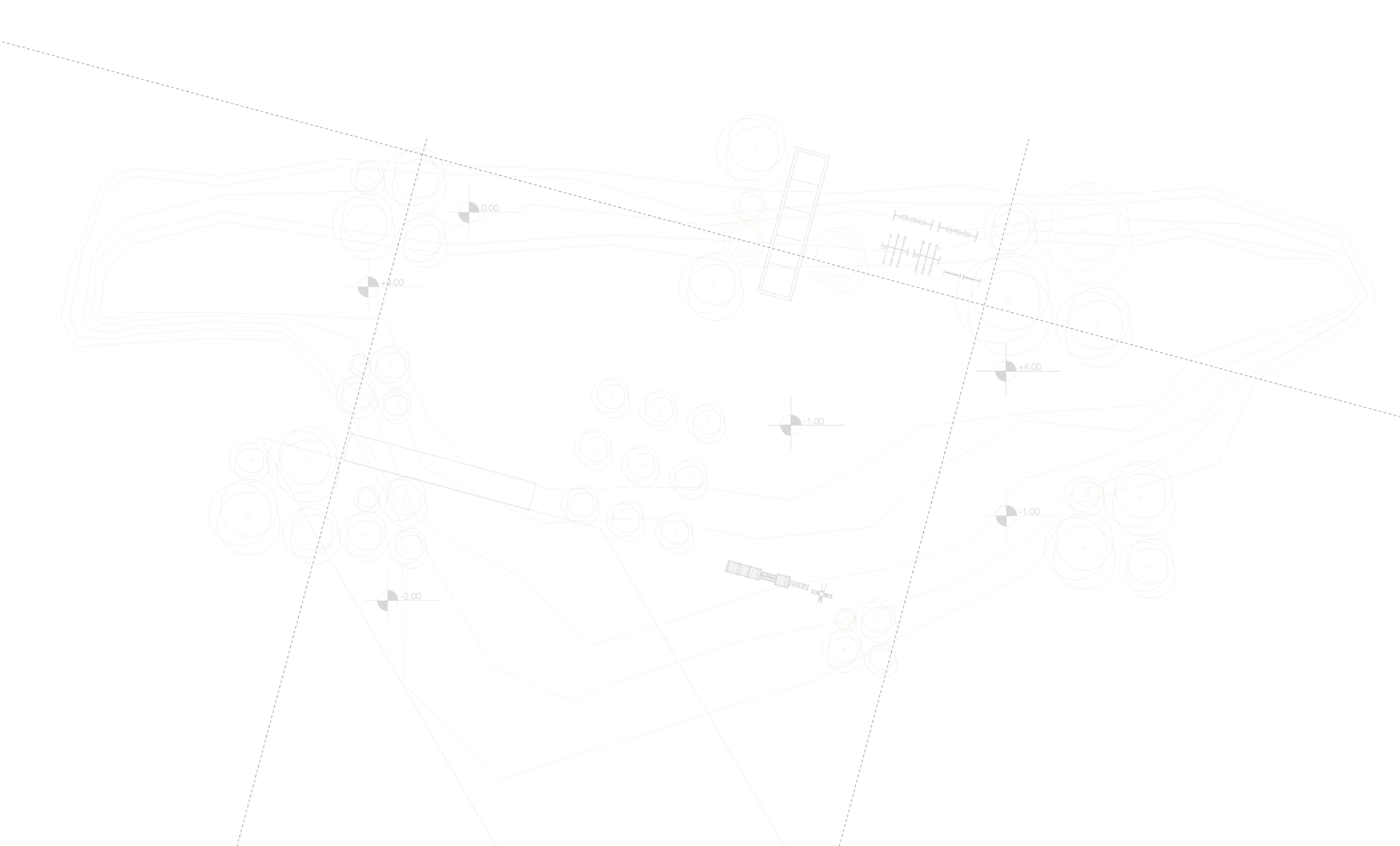Why Five Major World Cities Are Located Where They Are
- David

- 3 days ago
- 3 min read
Cities do not develop by accident - their locations are often the result of geographical advantages that facilitate trade, defence, transportation, energy efficiency and resource availability. Here’s why five of the world’s most influential cities are situated where they are:
1. New York City, USA – A Natural Harbour at the Mouth of a River
New York City’s location was determined by it's exceptional natural harbour and access to inland waterways. Situated at the mouth of the Hudson River, the city became a prime trading post for European settlers in the 17th century. The deep, sheltered harbour allowed large ships to dock easily, while the Hudson River provided a navigable route into the North American interior.
Additionally, Manhattan’s position between the Atlantic Ocean and the Great Lakes made it a crucial hub for commerce. The Erie Canal (completed in 1825) further cemented New York’s dominance by linking the Hudson River to the Midwest, facilitating the movement of goods and people.
2. London, UK – A Strategic River Crossing and Defensible Position
London’s origins date back to Roman times when it was established as Londinium near the River Thames’s lowest bridging point. This location was ideal because:
The Thames was deep enough for ships but narrow enough to bridge.
The river provided freshwater and transportation routes inland.
The surrounding hills (such as Parliament Hill) offered natural defence.
As Britain’s empire expanded, London’s position near the North Sea and Atlantic trade routes made it a global financial and political centre. Even today, its proximity to Europe and well-developed port infrastructure keep it economically vital.
3. Tokyo, Japan – A Protected Bay and Fertile Plains
Tokyo (originally Edo) was strategically chosen due to its natural defences and agricultural potential. Located on the Kanto Plain—Japan’s largest flatland—it supported vast rice production, essential for feeding a growing population.
Edo Bay (now Tokyo Bay) provided a sheltered harbour for fishing and trade, while the surrounding mountains offered protection from invasions. When Emperor Meiji moved the capital from Kyoto to Tokyo in 1868, the city’s coastal position helped Japan modernise and engage in global trade.
4. Istanbul, Turkey – A Crossroads of Continents
Formerly known as Constantinople and Byzantium, Istanbul’s location is one of the most strategically significant in history. It sits on the Bosporus Strait, the only waterway connecting the Black Sea to the Mediterranean. This gave it control over trade between Europe and Asia.
Additionally, its position on a peninsula made it easily defensible, with natural harbours (the Golden Horn) supporting maritime commerce. For centuries, it was the capital of the Byzantine and Ottoman Empires, thriving as a cultural and economic bridge between East and West.
5. Shanghai, China – The Yangtze River Meets the Pacific
Shanghai’s rise as a global megacity is tied to its location at the mouth of the Yangtze River, Asia’s longest and most economically vital waterway. This allowed it to serve as a gateway for trade between China’s interior and the world.
During the 19th century, foreign powers forced China to open Shanghai as a treaty port, accelerating its growth. Its deep-water port, proximity to Pacific shipping lanes, and access to the Yangtze’s vast hinterland (home to over 400 million people) make it an unrivalled commercial hub.
Conclusion
These five cities did not become great by chance—their locations provided natural advantages that enabled trade, security, and economic growth. Whether through rivers, harbours, or strategic land bridges, geography has played a decisive role in shaping the world’s most influential urban centres.
Shipping remains the most energy-efficient way of moving goods around, giving cities located on waterways with great harbours and connection to inland rivers a natural advantage. Passengers, however desire speed much more (read - airports), making the location of population centres in proximity to airports increasingly important.
Images courtesy of Google Earth.














Comments